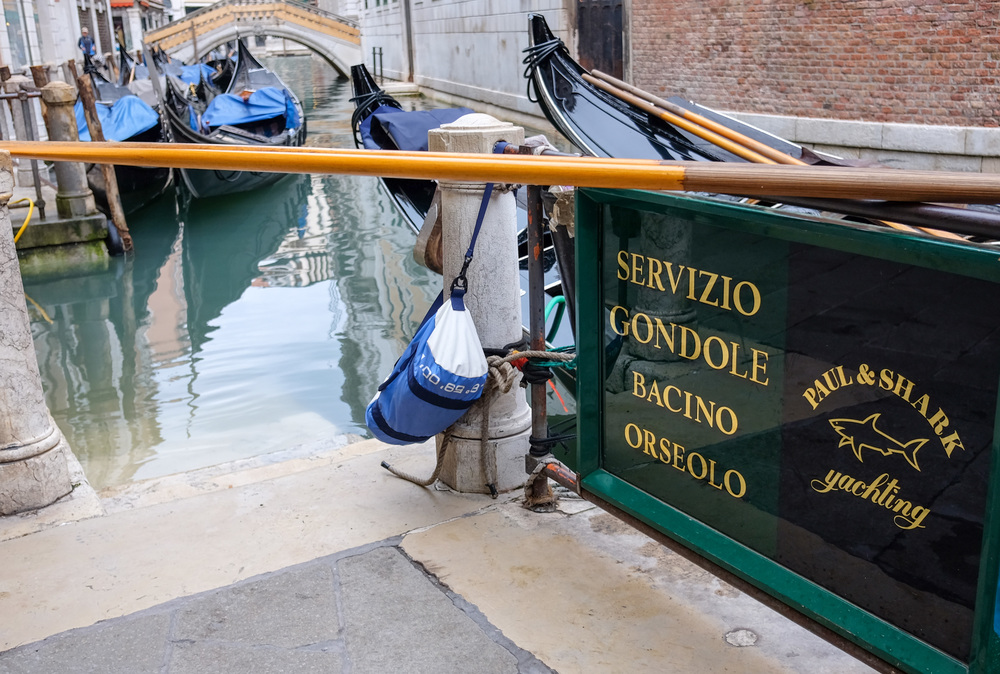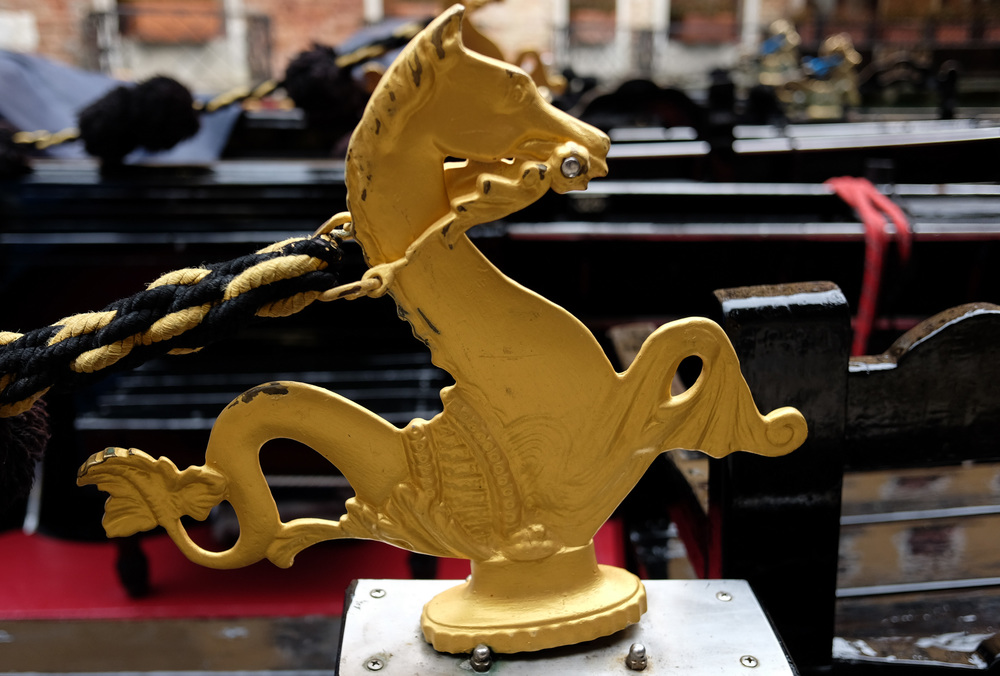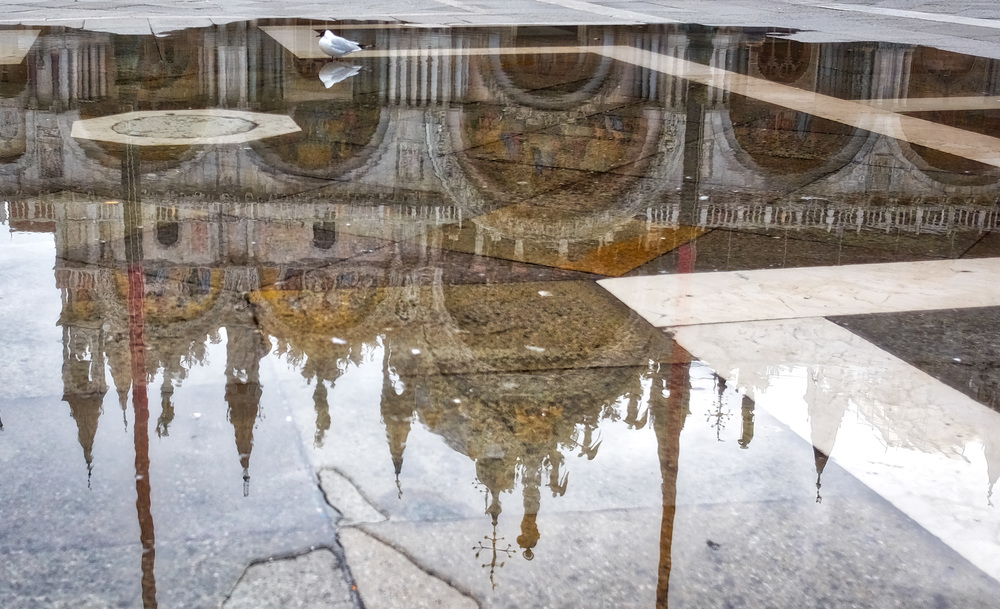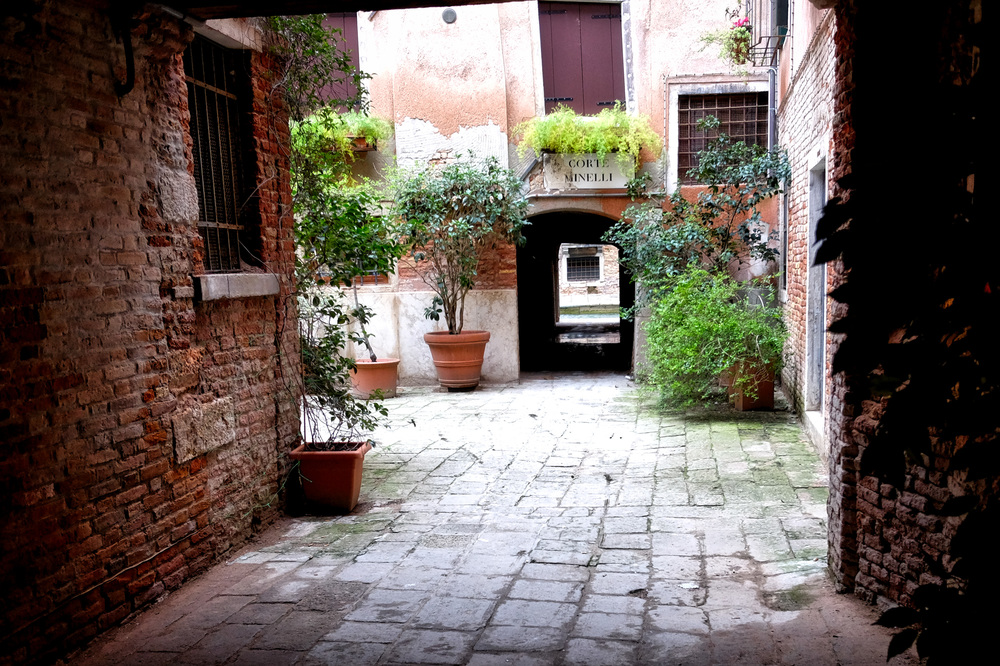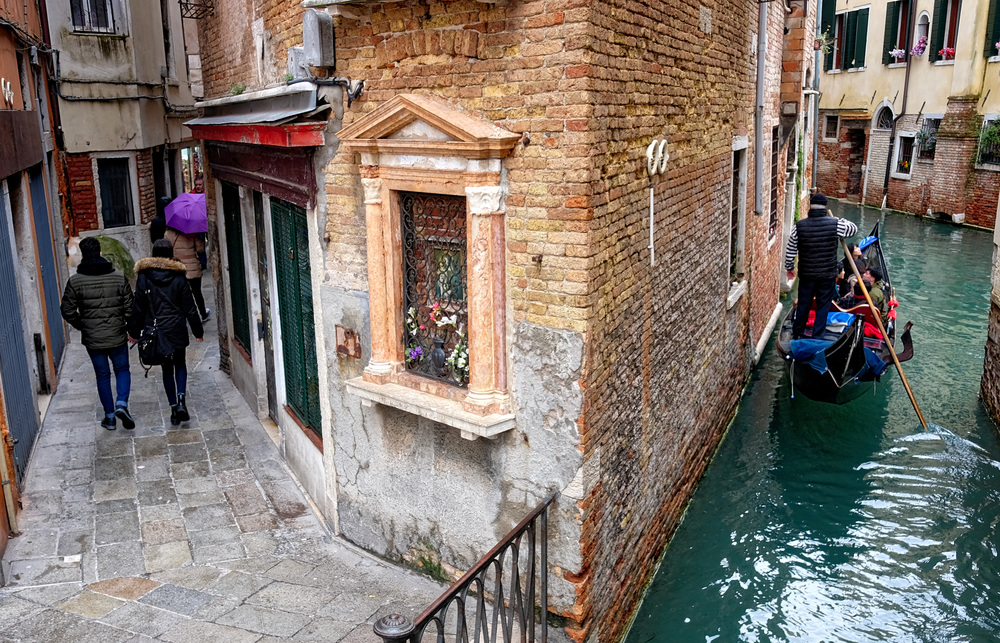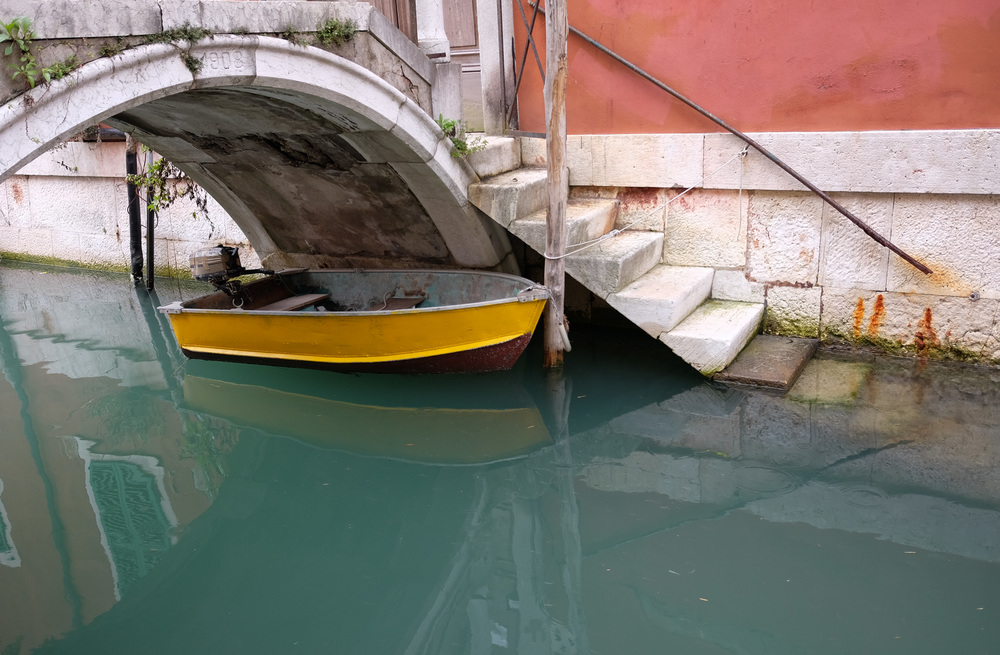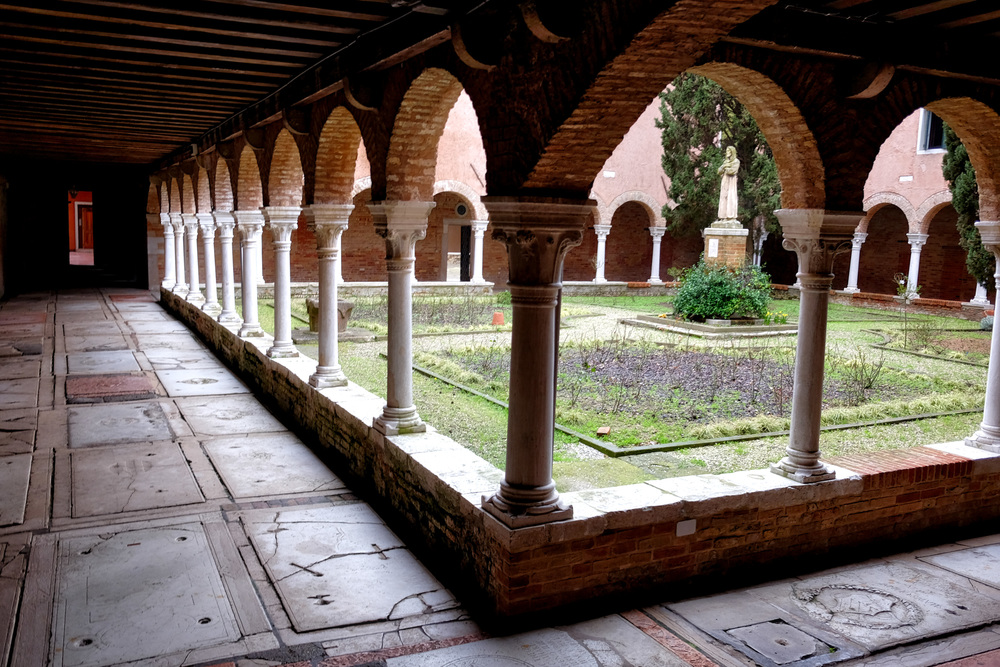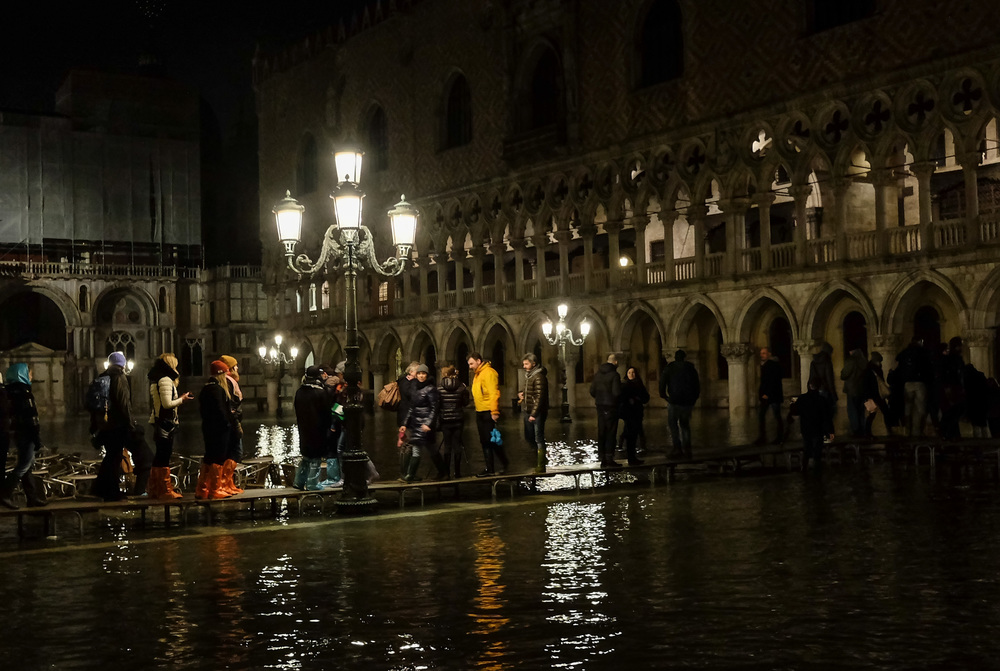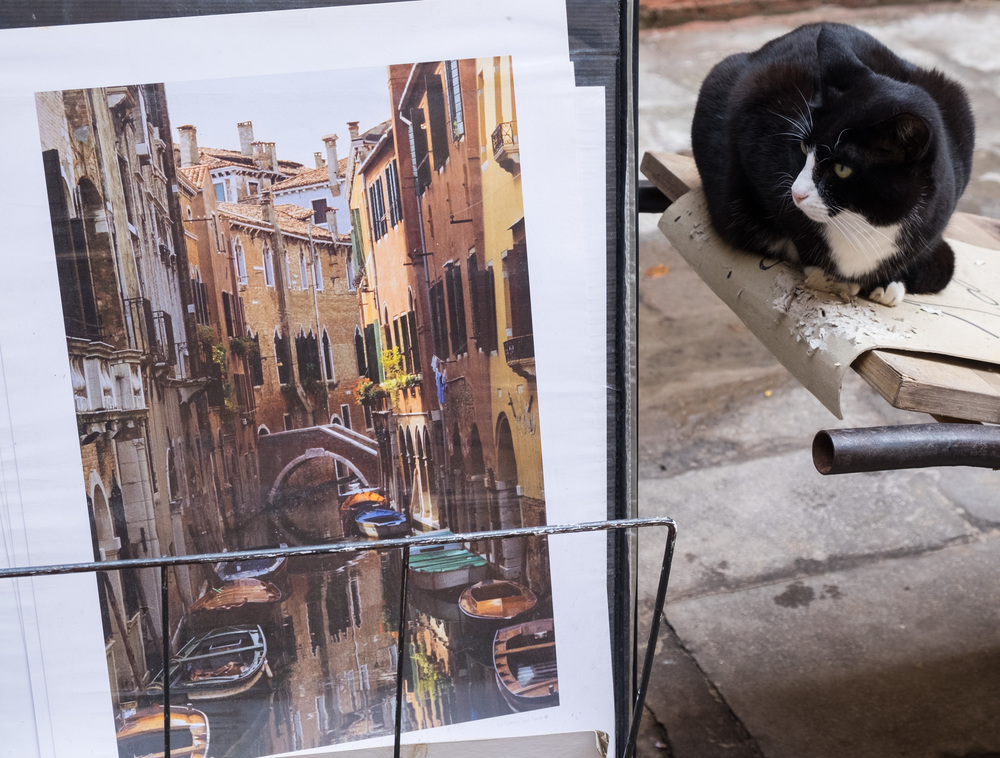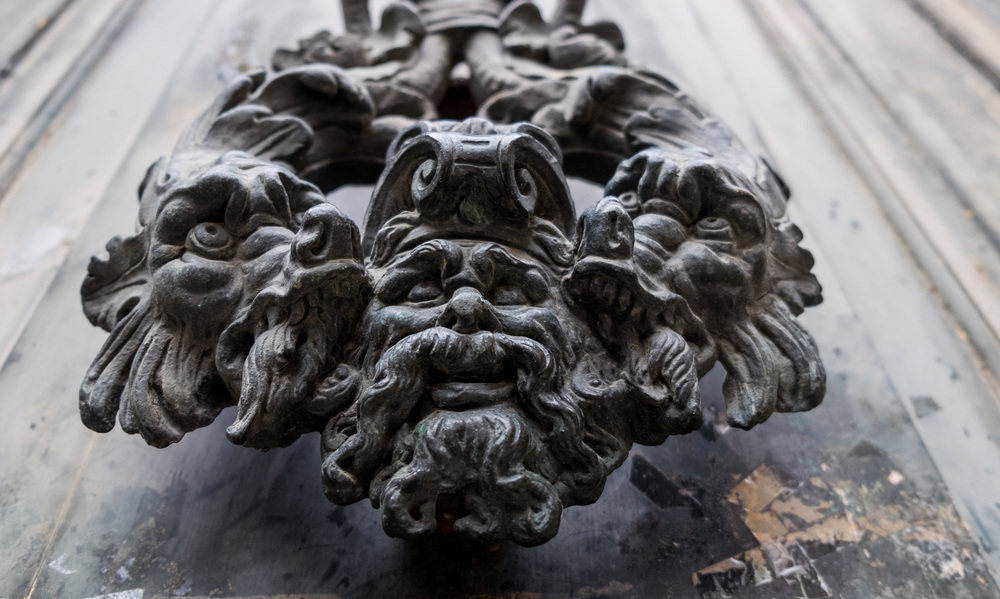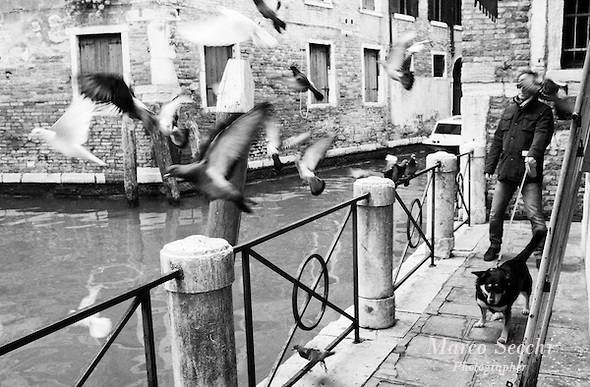Overcoming the Awkwardness: Tips for Street Photographers
/Street photography is one of the most honest and raw forms of artistic expression. It’s a way to freeze fleeting moments, tell untold stories, and immortalize the soul of a place. But, as many budding photographers can relate, there’s an underlying question: How do you manage the awkwardness of photographing strangers in public?
Let’s address this head-on, blending practical advice with a mindset shift that will help you step confidently into the streets with your camera.
1. Embrace the Awkwardness
Let’s start by normalizing the discomfort—it’s completely natural to feel nervous about pointing a camera at strangers. This unease stems from a mix of self-consciousness and a sense of intrusion. Acknowledge this feeling, but don’t let it hold you back. With time, you’ll realize that most people are too absorbed in their own world to notice, let alone mind, your presence.
2. Blend In, Don’t Stand Out
One concern you raised is the size of your camera. Large DSLRs can indeed feel obtrusive, especially in intimate settings. Consider a more discreet setup:
Compact cameras like the Leica Q2 or Fujifilm X100 series are excellent for street photography.
Alternatively, use a smartphone for candids if you want to stay entirely unnoticed.
What you wear also matters. Dress casually to blend into the environment rather than drawing attention to yourself.
3. Focus on Context Over Faces
You don’t always need to get in someone’s face to capture the essence of a community. Look for interesting compositions, shadows, reflections, and interactions that don’t require a close-up. This approach allows you to tell a story without making anyone feel uncomfortable.
4. Start with Busy, Touristy Areas
Busier locations are often more forgiving for photographers. People expect cameras in these spaces, making it easier to experiment without standing out. Think markets, squares, or street festivals—there’s a vibrant energy in these spots, and your presence will feel more natural.
5. Be Respectful and Observe the Culture
When traveling abroad, respect local customs and sensitivities. In some countries, people might be open to being photographed; in others, it’s seen as intrusive.
If you’re nervous, start with street performers or vendors. They’re often more accustomed to being photographed.
If someone catches your eye, a friendly smile or a simple hand gesture seeking permission can work wonders.
6. Perfect the Art of Candid Shots
If you’re still nervous about “whipping out a camera,” practice candid photography techniques like zone focusing and shooting from the hip. These methods allow you to capture authentic moments discreetly.
7. Frame the Experience as a Collaboration
One way to reduce nervousness is to see your street photography as a mutual exchange. You’re not just “taking” a photo; you’re preserving a moment that reflects the humanity and culture of the place.
8. Gradually Push Your Comfort Zone
Begin by photographing Overcoming the Awkwardness: Tips for Street Photographers Capturing the Raw Beauty of Communities Abroad and situations that feel less intimidating. As you grow more comfortable, challenge yourself with slightly bolder shots. With each step, your confidence will grow.
Final Thoughts: It’s About the Connection, Not Perfection
Street photography is about observing life and connecting with it, not just through your lens but through your perspective. The nervousness you feel now is a sign that you care about doing justice to the communities you capture.
So, do you just need to “get over it”? Not entirely. Instead, channel that nervous energy into refining your approach. Start small, stay respectful, and remember that every seasoned street photographer once stood where you are now.
Before long, your camera won’t feel like a barrier—it’ll feel like an extension of your vision.








